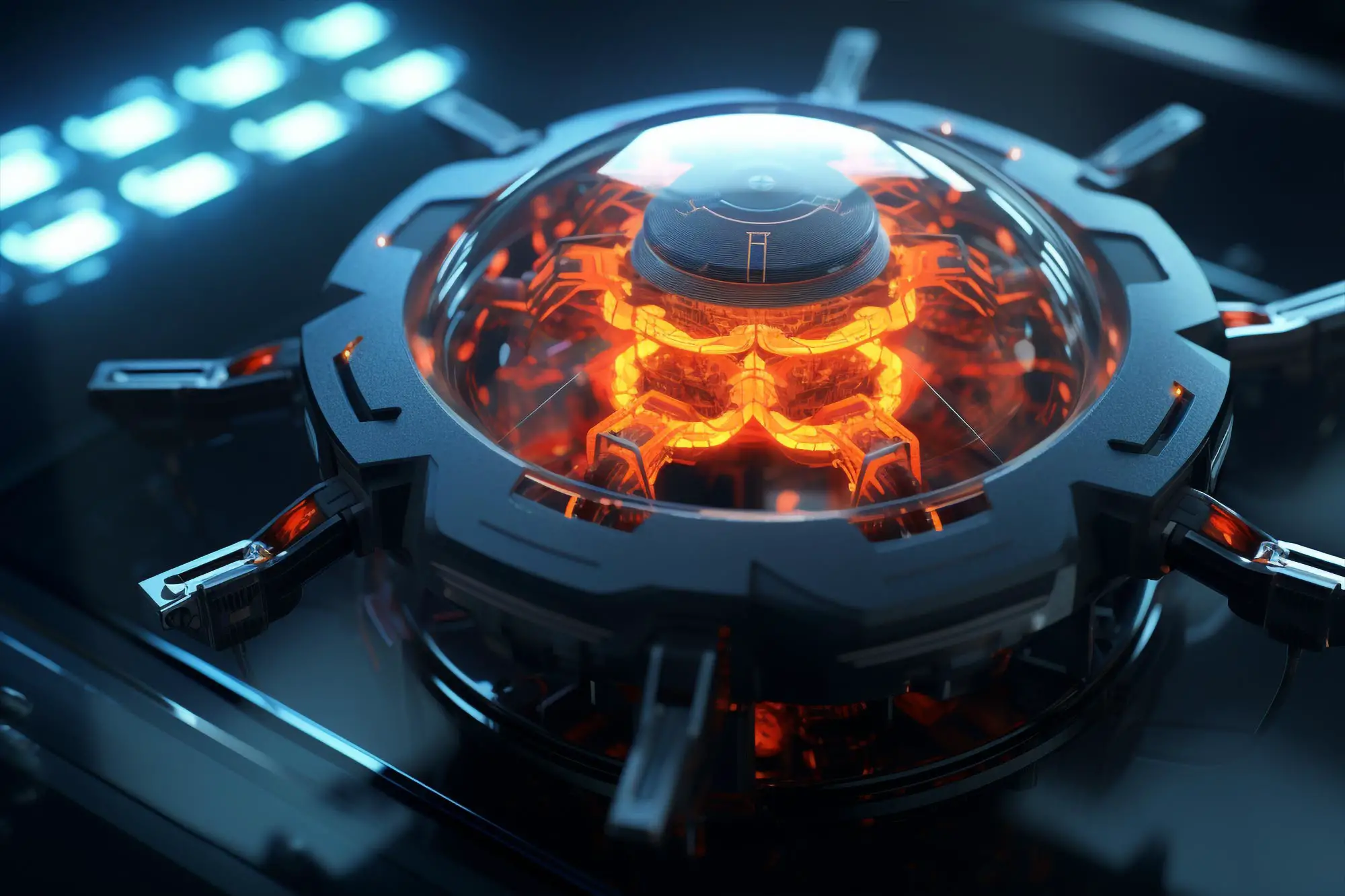Engineers unveiled nanoelectronic device that revolutionizes machine learning classification tasks by utilizing a mere 1% of the energy expended by current technologies.

Engineers at Northwestern University have unveiled a groundbreaking nanoelectronic device that revolutionizes machine learning classification tasks by utilizing a mere 1% of the energy expended by current technologies. Unlike existing systems that rely on cloud-based analysis, this device is capable of processing vast amounts of data and executing artificial intelligence (AI) tasks in real time without the need for data transmission to the cloud.
This device, with its minute size, ultra-low power consumption, and instantaneous processing capabilities, holds immense potential for direct integration into wearable electronics like smartwatches and fitness trackers. This could pave the way for real-time data processing and near-instant diagnostics.
To validate the concept, engineers conducted tests using publicly accessible electrocardiogram (ECG) datasets. The device not only accurately identified irregular heartbeats, but it also demonstrated an impressive near-95% accuracy in classifying arrhythmia subtypes from six distinct categories.
Mark C. Hersam, the senior author of the study and a nanotechnology expert at Northwestern’s McCormick School of Engineering, emphasized the paradigm shift this device represents, stating, “Our device is so energy efficient that it can be deployed directly in wearable electronics for real-time detection and data processing, enabling more rapid intervention for health emergencies.”
The device’s innovation lies in its unprecedented tunability, achieved through a combination of materials. While conventional technologies rely on silicon, this device employs miniaturized transistors crafted from two-dimensional molybdenum disulfide and one-dimensional carbon nanotubes. This dynamic approach allows the reconfigurable transistors to seamlessly switch between various processing steps.
Compared to the over 100 transistors required for current silicon-based technologies to categorize data from extensive sets like ECGs, Northwestern’s nanoelectronic device accomplishes the same machine-learning classification with just two devices. This reduction in devices leads to a significant decrease in power consumption and allows for the development of a much smaller device suitable for integration into standard wearable technology.
The implications of this breakthrough extend beyond energy efficiency. By eliminating the need to transmit data to the cloud, the device not only expedites patient care but also enhances privacy and security. Mark Hersam envisions a future where these nanoelectronic devices are seamlessly integrated into everyday wearables, tailored to each user’s unique health profile for real-time applications.
Hersam emphasizes the sustainability aspect, warning against the escalating power consumption of artificial intelligence tools, stating, “It is an unsustainable path if we continue relying on conventional computer hardware.”
The study, titled “Reconfigurable mixed-kernel heterojunction transistors for personalized support vector machine classification,” received support from the U.S. Department of Energy, National Science Foundation, and Army Research Office.